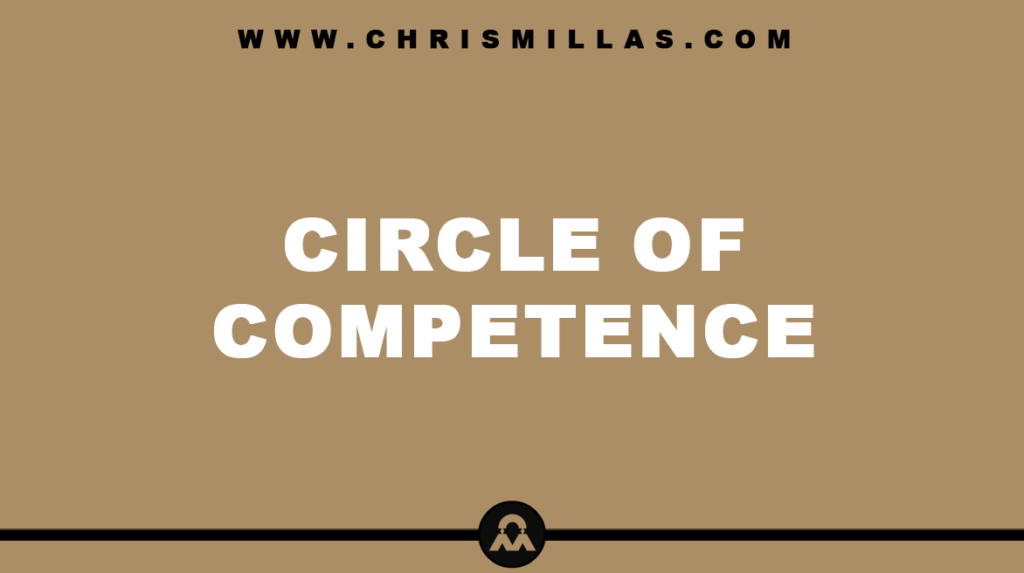In this post, we’ll unpack all you need to know about The Law of Supply & Demand, defining exactly what it is, how it works, why it’s important to understand and more.
What Is The Law Of Supply & Demand?
The Law of Supply & Demand (S&A) is an economic principle that states that the price of goods and services in a market is determined by the relationship between their availability (supply) and the desire for them (demand).
How It Works
If supply exceeds demand, leading to a surplus, prices will increase. This is because sellers will be willing to lower their prices in order to sell their goods and services.
If demand exceeds supply, prices will decrease. This is because buyers will be willing to pay higher prices in order to get the goods and services they want.
If supply equals demand, leading to a shortage, prices will reach a state of market equilibrium. This is because the price at which sellers are willing to sell goods and services matches the price at which buyers are willing to buy them.
Why Understanding It Is Important
Understanding the Law of Supply & Demand is important as it dictates market prices based on the availability of products and services and consumer desire.
Both supply and demand and rising and falling prices are critical signals to producers. Thus, this concept also informs business decisions on production and pricing, guides economic policies and serves as a key indicator of market health, ensuring effective strategy and sustainable economic growth.
Summary (TL;DR)
The Law of Supply & Demand describes how the price of goods and services are determined by the relationship between their availability and the desire for them.
If supply exceeds demand then prices will fall. If demand exceeds supply then prices will rise. When supply equals demand then it leads to a state of market equilibrium.
Understanding this law is key to anticipating market changes and making more informed decisions from both a consumer, producer and investor point of view.







